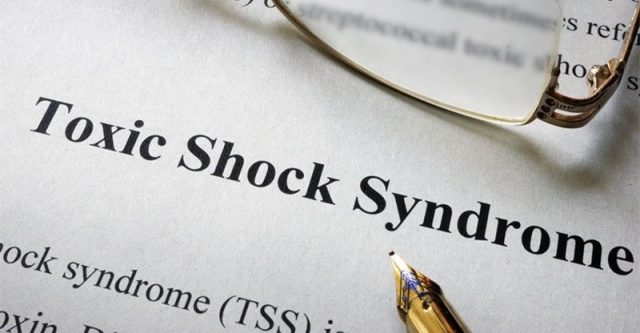Toxic Shock Syndrome (TSS) is a serious and uncommon illness that can become life-threatening when toxins from bacteria get into your bloodstream. This condition grabbed the spotlight in the 1980s after a connection was found with tampon use, although TSS can happen under other circumstances, too.
This piece is designed to offer a well-rounded grasp of Toxic Shock Syndrome, including its causes and how to prevent it.
Understanding Toxic Shock Syndrome
Toxic Shock Syndrome is an intense illness triggered by certain harmful bacteria, mainly Staphylococcus aureus and Streptococcus pyogenes. These bacteria release poisons that circulate in the blood, damaging organs and possibly causing them to fail.
The condition rose to fame in the ’80s when it affected a number of young women using highly absorbent tampons. This situation brought about more caution and led to new tampon designs and instructions to lessen the menace of TSS during menstruation. As a result, more people now use different menstrual products like pads, washable sanitary towels, and cloth.
A Brief Look at the Past of Toxic Shock Syndrome
The late ’70s saw the first cases of TSS, with a sharp rise in awareness in the following decade as it began affecting tampon users. Investigations linked the condition to tampon usage, and since then, menstrual-related TSS cases have plummeted because of improved tampon guidelines and materials.
The Usual Culprits behind Toxic Shock Syndrome
Typically, TSS connects to Staphylococcus aureus or Streptococcus pyogenes bacteria. While normally harmless on our skin, in our noses, or other bodily areas, they pose a threat when they sneak into our bloodstream and start pumping out toxins.
Who’s Prone to TSS?
Everyone’s at risk for TSS, but certain things up your chances:
– Using Tampons: Tampons are safe but require sensible use and regular changing.
– After Surgery: Healing from an operation can create an entry point for bacteria.
– Open Wounds: Any cuts or burns can let bacteria in.
– Nasal Packs: Those left in the nose too long may increase risk.
– Childbirth and Miscarriage: These events can make the conditions ripe for TSS.
– Viral Illnesses: Recovering from viruses may leave you vulnerable to bacterial infections.
Identifying and Pinpointing Toxic Shock Syndrome
TSS displays various symptoms that can mimic other illnesses, offering a challenge to diagnosis. Key symptoms comprise:
– A swift spike in fever
– Dangerously low blood pressure
– Upset stomach or diarrhea
– Aching muscles
– A rash that looks like sunburn, namely on hands and feet
– Eye, mouth, and throat redness
– Mental fog or disorientation
– Seizures
If these signs appear, especially if you’re at a higher risk for TSS, getting medical help fast is imperative.
Diagnosing TSS
Rapid detection is key. Healthcare providers perform exams, look at one’s health history, and run blood tests to hunt for toxins and bacteria. They might also sample cultures from wounds, the throat, or the vagina.
Preventing Toxic Shock Syndrome
1. Safe Tampon Practice:
– Use the less absorbent tampon that will handle your flow.
– Change tampons every 4 to 8 hours, or more frequently if needed.
– Opt for pads at bedtime or on light days.
– Mix up pad and tampon use.
– Always wash your hands before handling tampons.
2. Overall Preventative Steps:
– Keep clean: Regular handwashing and wound care matter.
– Look after wounds properly: Stick to doctor’s advice post-surgery.
– If you use nasal packing or menstrual cups, follow the correct care and cleaning instructions.
Conclusion
Toxic Shock Syndrome remains a rare but serious threat that can result from bacterial toxins entering the bloodstream. Despite being widely associated with tampon use in the past, it can develop in various other contexts. Early symptom identification and getting help are essential for effective treatment. With conscientious tampon use and general safety practices, the risk of TSS greatly reduces. Being informed about TSS’s triggers and how to stop it gives everyone the power to stay safe.
































